This week on Podparks, we explore the quest to create resilient parks and resilient cities with the help from park managers, designers and climate experts from around the world.
Climate change is no longer in the future, and cities around the world are faced with the growing reality of hotter temperatures and unpredictable weather events that are ramping up as the planet warms.
The climate disasters we’ve experienced in the past few years have demonstrated the need to build resilient cities that can anticipate and recover from these shocks.
Brenton Grear, Director of Green Adelaide at the Department for Environment and Water, in Adelaide, Australia, highlights how Adelaide is using parks as adaptation mechanisms for climate change.
They discuss the need to gather information and quantify the relationship between green spaces and climate action, as well as the importance of green infrastructure for disaster prevention and recovery.
Alice discusses barriers of entry to climate action with Dror Benshetrit, artist, designer and founder of Studio Dror and Supernature Labs.
As Dror mentions, connecting citizens to the effects of climate change through community engagement programs and citizen science allows people to become more aware of the changes in their surrounds and is a first step towards becoming active participants in climate action at a community level.
Climate and resilience education must start at a young age, and as Marian Stuiver, Head of Program Green Cities + Social Scientist at Wageningen University, points out, childhood education and programming can improve citizen-wide resilience and adaptation capacities.
Marian and Dror highlight how this can be done through urban farming programs, which give people a deep understanding of natural resource cycles.
Creating climate-ready cities is a difficult feat, and the guests discuss some strategies that cities around the world are using or can use to achieve sustainable cities that put people and nature first.
On one hand, Adelaide applied to become the world’s second National Park City, consolidating public policy and city efforts for the common purpose to make the city greener, healthier and wilder.
Over at Studio Dror, the solutions are being found through redesigning cities with a nature-centric design, using things learned from natural ecosystems to build more resilient communities.
You can find Dror Benshetrit’s work at Studio Dror at https://www.studiodror.com/home/
Read Marian Stuiver’s new book, Symbiotic Cities at https://www.wageningenacademic.com/doi/book/10.3920/978-90-8686-935-0
Find more about Brenton Grear’s work a Green Adelaide at https://www.greenadelaide.sa.gov.au/
This podcast is only one of the many resources available inside the WUP member platform. Discover more resources and connect with park professionals around the world at www.worldurbanparks.org





